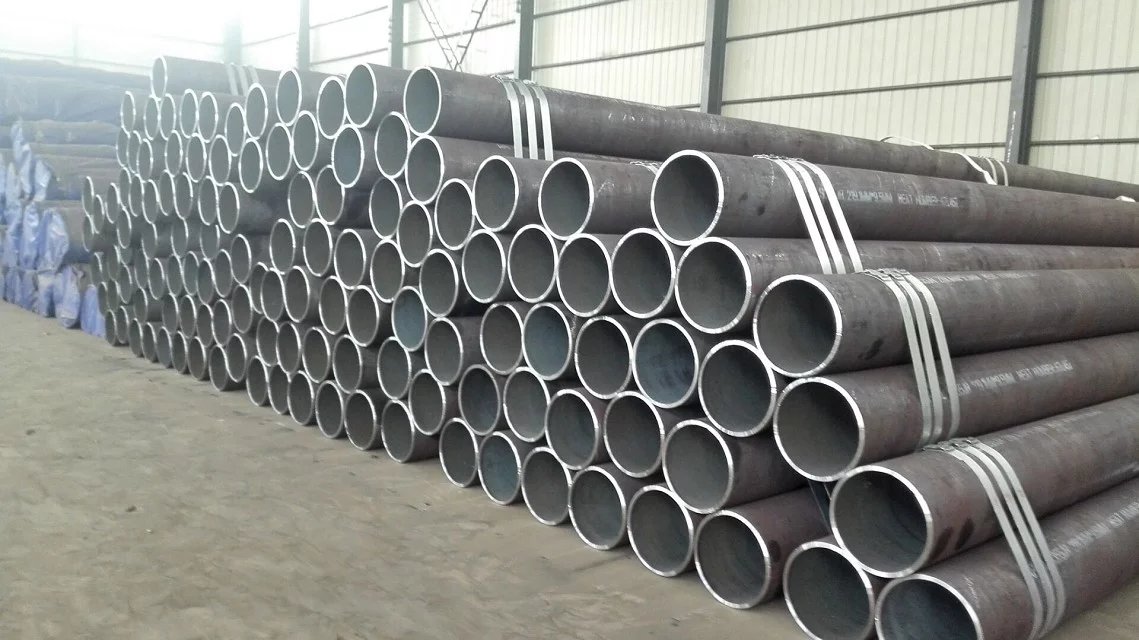-
Cangzhou Yulong Steel Co., Ltd.
-
Phone:
+86 13303177267 -
Email:
admin@ylsteelfittings.com

Nov . 06, 2024 09:23 Back to list
ASTM A333 Grade 6 Specifications and Applications for Low-Temperature Steel Pipe
ASTM A333 Grade 6 Properties and Applications
ASTM A333 Grade 6 is a specification developed by the American Society for Testing and Materials (ASTM) that covers seamless and welded low-temperature carbon steel pipes. This grade is specifically designed for use in the construction of pipelines and equipment that will operate at low temperatures, making it an essential material in various industries, including oil and gas, chemical processing, and power generation.
ASTM A333 Grade 6 Properties and Applications
The chemical composition of ASTM A333 Grade 6 generally includes carbon, manganese, phosphorus, sulfur, silicon, and, in some cases, additional alloying elements like copper and nickel. The maximum carbon content specified is 0.24%, which is lower than that of many other carbon steels. This reduction in carbon content enhances the steel's ductility and weldability while still providing adequate strength. The balance of manganese is typically between 0.60% to 0.90%, which contributes to the steel's hardenability and toughness.
astm a 333 gr 6

One of the significant applications of ASTM A333 Grade 6 is in the construction of pressure vessels, tanks, and pipelines that transfer low-temperature gases and fluids. These pipes are essential in industries that operate in severe environments, such as the liquefied natural gas (LNG) industry, where temperatures can drop significantly during the extraction, storage, and transportation phases. The ability to maintain structural integrity under such conditions makes ASTM A333 Grade 6 a preferred choice for engineers and designers.
In addition to low-temperature applications, ASTM A333 Grade 6 is also suitable for a variety of welding processes, including Shielded Metal Arc Welding (SMAW) and Gas Tungsten Arc Welding (GTAW). It's important to follow appropriate welding specifications to ensure that the mechanical properties of the material are not compromised during the welding process. Proper preheating and post-weld heat treatment are often recommended to avoid issues such as hydrogen-induced cracking, ensuring the long-term durability and reliability of the welded joints.
Quality control is paramount when working with ASTM A333 Grade 6. The material must undergo rigorous testing to verify its mechanical properties, including yield strength, tensile strength, and impact resistance. These tests ensure that the material meets the specifications and is suitable for its intended use. Manufacturers often provide documentation, including certificates of compliance, to confirm that their products meet the ASTM A333 standards.
In conclusion, ASTM A333 Grade 6 is a vital material in industries that require low-temperature performance and high toughness. Its unique properties make it an ideal choice for applications where reliability is essential. As industries continue to expand their operations into colder environments, the importance of materials like ASTM A333 Grade 6 will only grow, underscoring the need for stringent quality control and adherence to established specifications. By understanding and utilizing ASTM A333 Grade 6, engineers can ensure that their projects remain safe, efficient, and durable, even under the most challenging conditions.
Latest news
-
ANSI 150P SS304 SO FLANGE
NewsFeb.14,2025
-
ASTM A333GR6 STEEL PIPE
NewsJan.20,2025
-
ANSI B16.5 WELDING NECK FLANGE
NewsJan.15,2026
-
ANSI B16.5 SLIP-ON FLANGE
NewsApr.19,2024
-
DIN86044 PLATE FLANGE
NewsApr.19,2024
-
DIN2527 BLIND FLANGE
NewsApr.12,2024
-
JIS B2311 Butt-Welding Fittings LR/SR 45°/90° /180°Seamless/Weld
NewsApr.23,2024
-
DIN2605-2617 Butt-Welding Fittings LR/SR 45°/90°/180° Seamless/Weld
NewsApr.23,2024











